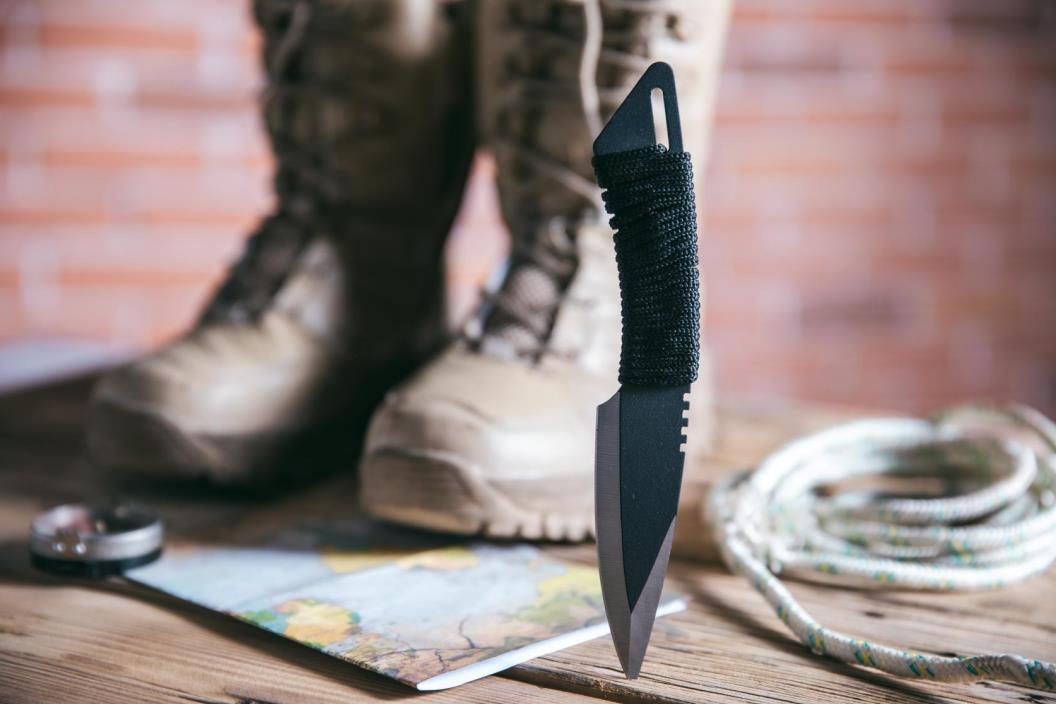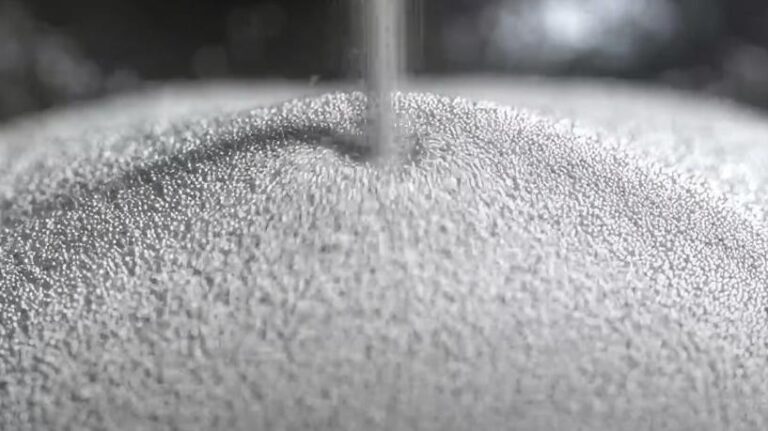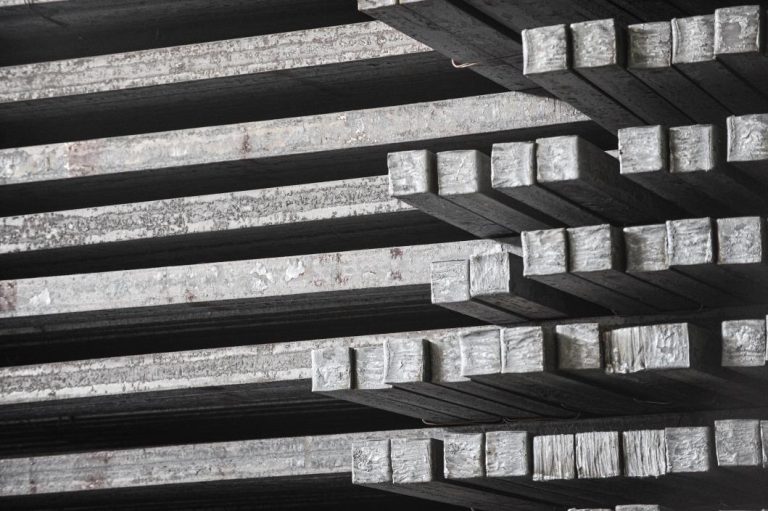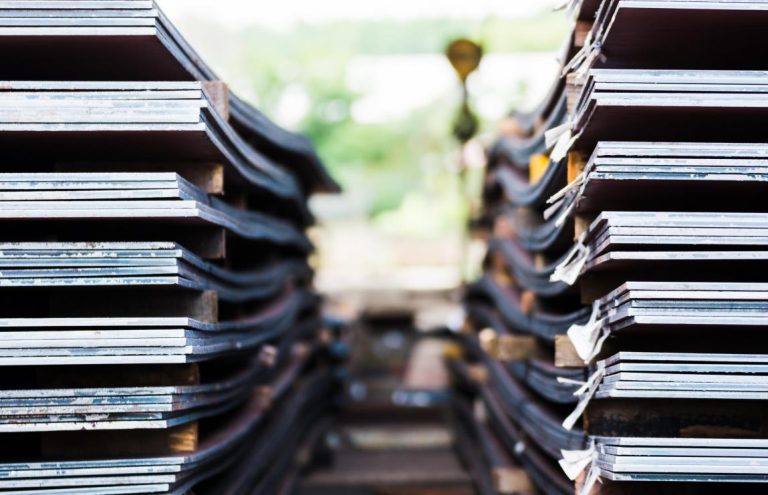AUS-6 is the steel that lives in the shadow of its superior successor AUS-8. However, it has gained recognition among some knife aficionados. Mostly due to its relatively low price and decent performance.
AUS-6 steel boasts a composition that strikes a balance between hardness, edge retention, and ease of sharpening. It makes a fine blade for an average knife user. In fact, Swiss Army knives use steel very similar to AUS-6. Understanding the properties of AUS-6 steel will shed light on its potential and help you make informed decisions when it comes to your next blade investment.
Let’s dive into the world of AUS-6 steel, compare it with other choices you have, and unlock its secrets of cutting prowess.
What is AUS-6 steel
Steel composition
- Carbon: 0.55-0.65%
- Chromium: 13.00 – 14.50%
- Vanadium: 0.10-0.25%
- Nickel: 0.49%
- Manganese: 1.00%
- Silicon: 1.00%
- Phosphorus: 0.04%
- Sulfur: 0.03%
AUS-6 steel, also known as 6A steel, belongs to the AUS series of steels, which are produced in Japan. It is a stainless steel that falls under the category of low to medium-carbon, high-chromium steels. As you can see from the composition list above, AUS-6 steel typically includes approximately 0.65-0.75% carbon and 13-14.5% chromium. With trace amounts of other elements such as manganese, molybdenum, and vanadium.
The presence of carbon contributes to the steel’s hardness and edge retention. And the chromium content enhances its corrosion resistance. This combination makes AUS-6 steel suitable for a wide range of applications, from everyday utility knives to outdoor tools and even certain kitchen blades.
Performance
- Hardness: AUS-6 steel boasts a relatively low hardness rating, usually falling within the range of 55-58 HRC (Rockwell Hardness Scale). This hardness level is sufficient enough to make a decent outdoor knife aimed for robust use.
- Edge retention: While not as exceptional as some higher-end steels, AUS-6 steel still offers decent edge retention. It can withstand regular use and retain its sharpness well, making it suitable for everyday cutting tasks.
- Sharpening: One of the notable advantages of AUS-6 steel is its ease of sharpening. With the right tools and technique, it can be brought back to a keen edge relatively quickly. This makes it a popular choice for those who prefer to maintain their blades themselves.
- Corrosion resistance: Thanks to its chromium content, AUS-6 steel exhibits good corrosion resistance, helping to prevent rust and staining. However, it’s essential to practice proper maintenance and keep the blade clean and dry to maximize its longevity.
Price point
An appealing aspect of AUS-6 steel is its affordability. Compared to higher-grade steels like VG-10 or S30V, AUS-6 steel comes at a more budget-friendly price. This accessibility makes it an attractive option for customers seeking a reliable and functional blade without breaking the bank.
AUS-6 steel vs. other steel: weighing the options
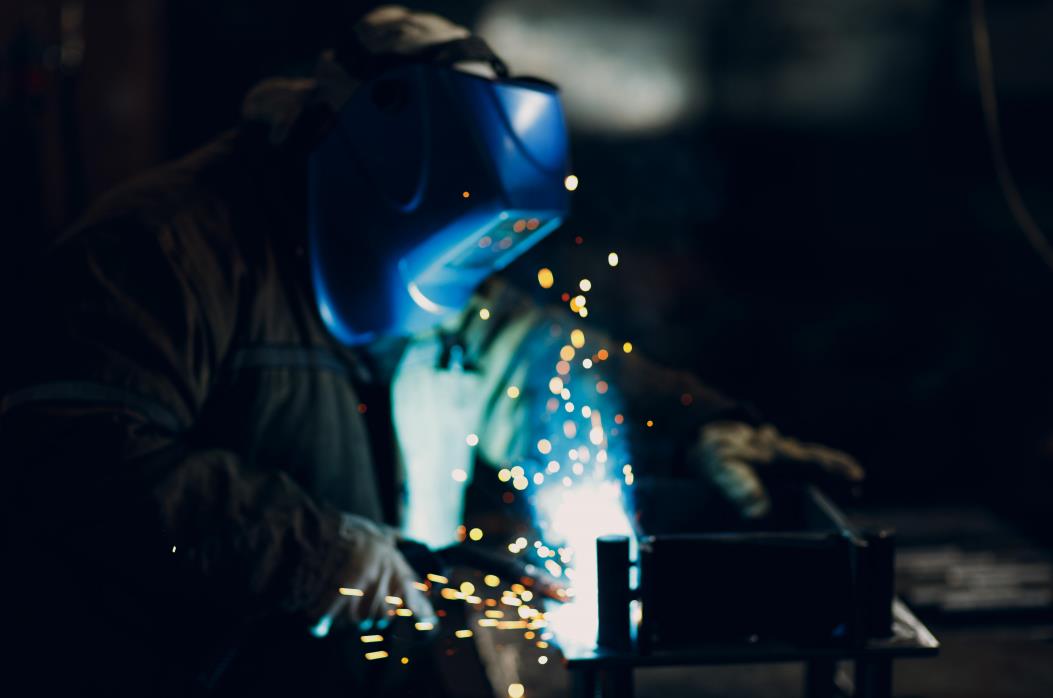
When trying to compare AUS-6 steel with other steel, there are several notable contenders. We will stack it up against the steel from the same AUS line and some popular options.
AUS-6 vs. AUS-8
AUS 8 steel, a close sibling to AUS-6 steel, shares similar characteristics. AUS-8 steel typically contains slightly higher carbon content, resulting in improved hardness and edge retention. AUS-8 is also considered tougher and therefore a good material to make pocket knives. Most AUS-8 knives come at a fair price point but are generally more expensive than AUS-6 ones.
AUS-6 vs. AUS-10
AUS-10 steel, a step up in the AUS series, boasts higher carbon content than both AUS-6 and AUS-8 steel. This translates to increased hardness and wear resistance. The additional nickel in AUS 8 makes it slightly harder than AUS-10, but the two are almost identical. Both can be considered an upgrade to AUS-6.
That being said, they often come at a higher price point. For those seeking a cost-effective option without compromising functionality, AUS-6 steel continues to be a compelling choice.
AUS-6 vs. popular steel options
In addition to comparing AUS-6 steel with its AUS series counterparts, it’s worth considering how it fares against other popular steel types commonly found in knives.
- VG-10: A staple in Japanese steel manufacturing, VG-10 steel is known for its exceptional hardness, edge retention, and corrosion resistance. It outperforms AUS-6 steel in these areas. VG-10 is also one of the most popular steel out there in the market, your customers may appreciate it if you could provide this option.
- 154CM: 154CM steel is a high-quality stainless steel known for its excellent balance between corrosion resistance, edge retention, and toughness. It contains higher carbon content and additional alloying elements. While 154CM steel may be slightly more challenging to sharpen, it offers better overall performance and is often preferred for applications that require a durable and long-lasting blade.
- D2: D2 steel is a tool steel known for its exceptional hardness and excellent edge retention, making it ideal for heavy-duty tasks. It contains higher carbon content and additional alloying elements, which enhance its wear resistance but can make it more challenging to sharpen. Ultimately, the choice between AUS-6 and D2 steel depends on the specific requirements of the application, with AUS-6 being suitable for general everyday use and D2 steel being favored for demanding tasks
When choosing the right steel for your blade, it’s suggested to ponder on the specific needs, budget, and desired performance level of your target customers. AUS-6 steel stands as a versatile option, competing favorably with other popular steel types while providing an accessible price point.
Should you invest in AUS-6 steel?
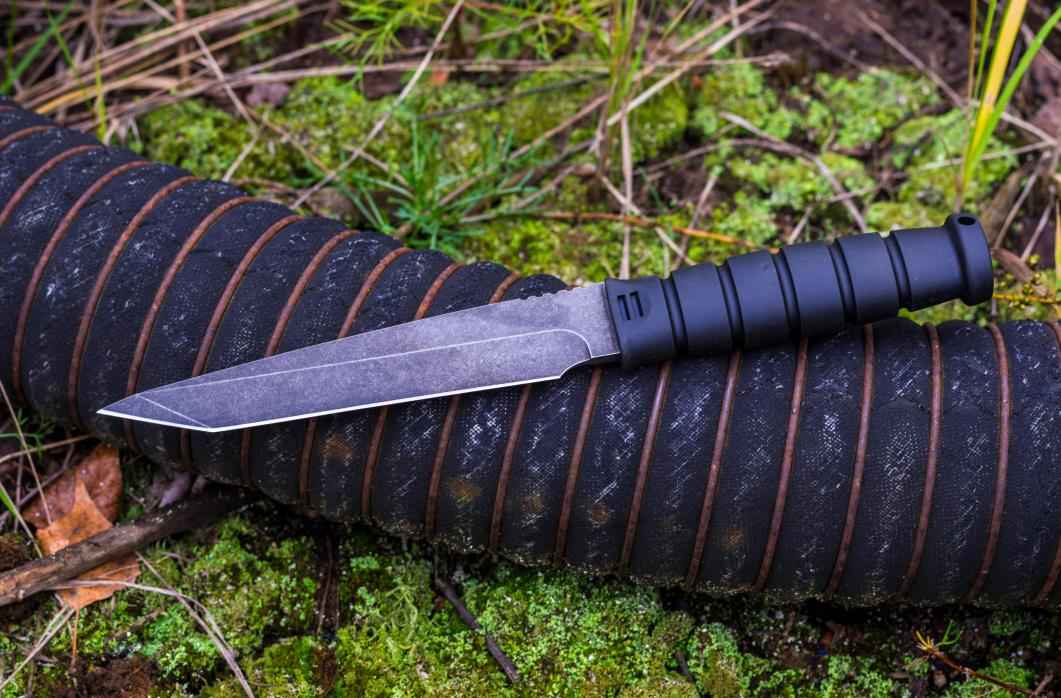
After examining the composition, performance, and comparing AUS-6 steel with alternative options, the question remains: Should you invest in AUS-6 steel? Let’s weigh the pros and cons to help you make an informed decision.
The pros of AUS-6 steel
- Corrosion resistance: AUS-6 steel is a stainless steel that exhibits excellent resistance to corrosion. It contains a high percentage of chromium, which forms a protective oxide layer on the surface, making it highly resistant to rust and tarnish. This makes AUS-6 steel suitable for use in humid or wet environments.
- Ease of sharpening: AUS-6 steel is known for its ease of sharpening. Keeping your blade sharp and ready for action is a straightforward process, even for novice sharpeners.
- Affordability: AUS-6 steel offers excellent value for its price point, making it an attractive choice for those on a budget or looking for cost-effective blades.
The cons of AUS-6 steel
- Lower hardness: Compared to some higher-end steels, AUS-6 steel may not achieve the same level of hardness and edge retention. This means it may require more frequent sharpening, especially with heavy or prolonged use.
- Edge retention: One of the main disadvantages of AUS-6 steel is its relatively lower edge retention compared to higher-end steels. Due to its lower carbon content, the blade may not hold its sharpness for extended periods, requiring more frequent sharpening.
- Wear resistance: AUS-6 steel is not as wear-resistant as some other premium steels. Under heavy use or demanding tasks, the blade may experience faster wear and dulling, leading to reduced performance over time.
Making the decision
Investing in AUS-6 steel ultimately depends on the specific needs, priorities, and budget of your customers. If they value affordability, versatility, and ease of maintenance, AUS-6 steel is a solid choice. It excels in everyday cutting tasks and proves to be a reliable companion in various settings.
However, if you require exceptional hardness, edge retention, or superior corrosion resistance, it’s better to look for alternatives. Remember to weigh the performance characteristics you prioritize most against the cost and intended use of the blade.
Ultimately, whether you choose AUS-6 steel or opt for an alternative, ensure that it aligns with your brand’s image, ensuring you get the most out of your investment.
All in all
AUS-6 steel is a budget steel, there is no denying that. With so many better options to come by, cost-effectiveness is the main reason to keep AUS-6 on its feet in the knife market.
Looking to start a knife business? You’ve come to the right place. LeeKnives is a custom knife manufacturer based in Yangjiang, China. We have dedicated blacksmiths and resources to help you build a knife from scratch. Contact us today to know your options.
